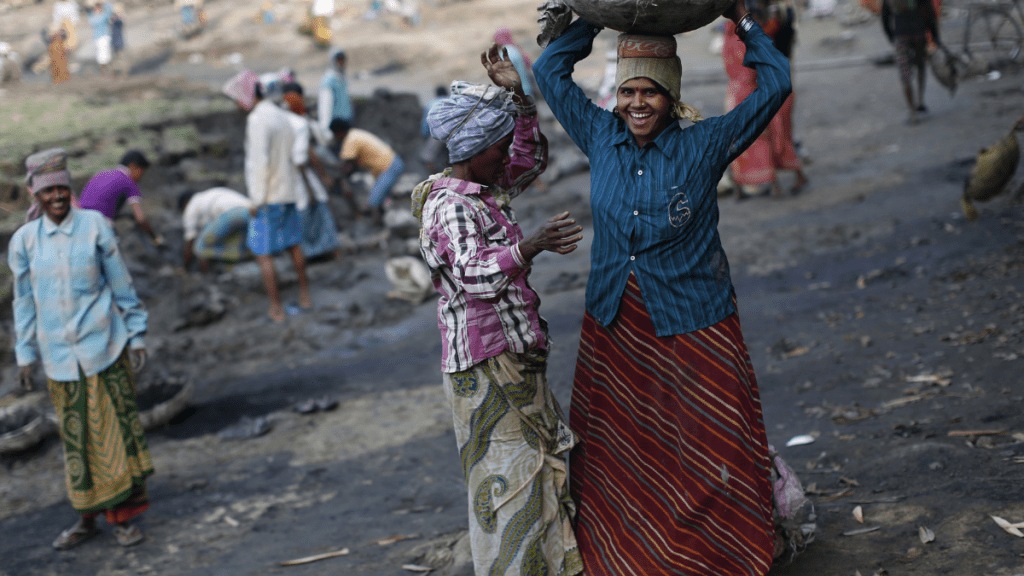The weakness of rural consumption is not good news for India’s growth story. Persisting distress conditions in the countryside are reflected in a sustained contraction of rural wages adjusted for inflation. This is not just a blip of higher food inflation in February 2024 that resulted in a 3.3% decline in real wages but has been observed for 25 out of the 27 months to February, according to the Centre for Monitoring Indian Economy.
Even over the last nine years ending March 2023, the 4.9% average annual growth in daily wages for rural non-agricultural male labour was completely eroded by inflation, implying zero growth in real terms, according to the Reserve Bank of India’s latest Handbook of Statistics on States.
Lower rural incomes, in turn, dampen consumer demand for fast-moving consumer goods (FMCG), two-wheelers, tractors, etc., which adversely impact industrial and overall economic growth.
Depressed incomes are a major factor behind rural consumption growing by only 0.5% year-on-year in the second quarter of FY24. Looking forward, such a trend is clearly bound to cast a dark shadow over optimistic narratives of robust economic expansion in FY25.
The long period over which rural wages have contracted indicates the need for caution in inferring a pick-up in rural demand based on high-frequency indicators. There are contrary signals from some of these indicators partly due to the fact that while all agriculture is rural, rural is not wholly agricultural. A columnist in this newspaper observed a distinct pattern of a K-shaped rural recovery manifested through big-ticket consumption and premiumisation.
Demand for high-horsepower (HP) tractors grew thrice as much as that of low-HP tractors over the last three years, while two-wheeler sales — more than half of which are in rural areas — are sluggish. Paradoxically, this indicates that while farm sentiments may be upbeat, demand in the non-farm segment of the rural economy is not so bullish. Over the nine-year period till FY23, while tractor sales registered an average annual growth of 8%, two-wheeler sales grew by 0.6% per annum. At Hero Motocorp, growth in wholesale volumes was negative every month in the one-year period till February 2024.
While rural FMCG consumption outpaced urban in January-March 2024, the growth is in discretionary spending on home and personal care items rather than food. Due to weak rural demand, underlying volumes at Hindustan Unilever grew by 1% in the March quarter.
The outlook on rural demand this fiscal is clouded by the southwest monsoon season from June to September, starting with the risk of impairment due to lingering remnants of El Niño conditions, according to Skymet. Although the forecast is for overall bountiful rains, the prospect of an initial dry spell should warrant concern as it has a crucial bearing on crop output during the kharif or summer season given that June and July are crucial months for sowing operations.
This factor can lower output and elevate food prices which will further worsen the outlook on rural incomes. As if all of this weren’t bad enough, water levels in the major reservoirs of the country are just 28% of their full storage capacity. The situation is much worse in the southern states where the major reservoirs are just 15.7% full. If the monsoon turns out to be wayward, this will only worsen the distress in the countryside especially if rural inflation outpaces that in urban areas, further contracting wages.
(Views are personal)

